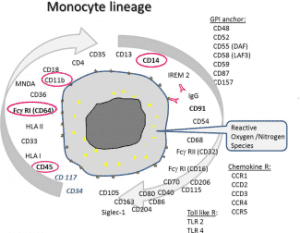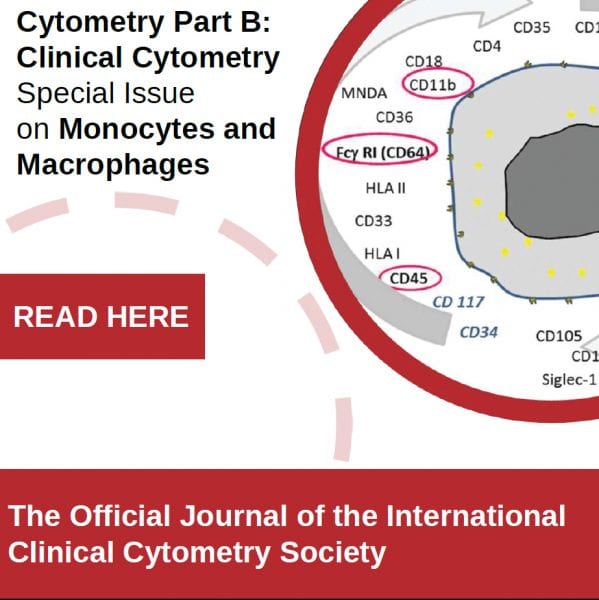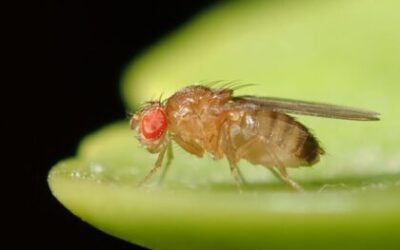“Why are we interested in monocytes?”
Claude Lambert and Ulrich Sack, guest editors of Special Issue on Monocytes and Macrophages , ask the Cytometry Part B: Clinical Cytometry readers this question at the beginning of their Introduction to this special issue.
Monocytes are large white blood phagocytic cells with no distinct features, no immune specificity, no memory, and no sizable representation in peripheral blood. And their destiny is uncertain. Often they are ignored, disregarded, and even considered as a contaminant in blood samples prepared for the analysis of mature lymphocytes or granulocyte populations.
But don’t judge a book by its cover.
Besides maturing into macrophages and myeloid lineage dendritic cells, monocytes are indispensable in early differentiation in bone marrow and late maturation stages in tissue, between innate and adaptive immune responses, between gross phagocytosis and fine antigen presentation, and even in modulating cytokine release.
3 editorials, 1 review and 4 articles below present different views on the same cell, about its development, physiology, signaling, and production of reactive species, fitness, exhaustion, dysplasia, and leukemia that can be interrogated by flow cytometry:

List of markers of interest for identification of monocyte depending on its maturation and activation stage. Arrows show the maturation progress from left (CD34, CD117 progenitor stage) to right. Marker families are listed including GPI anchor that expression may vary in GPI disorders such as paroxysmal nocturnal hemoglobinuria.
Claude Lambert, Frank W. M. B. Preijers, Gulderen Yanikkaya Demirel and Ulrich Sack
CD64 expression by neutrophil granulocytes
Ulrich Sack
Amanda Barba Alves-Januzzi, Milena Karina Colo Brunialti and Reinaldo Salomao
Frauke Bellos and Wolfgang Kern
Flow cytometric analysis of intracellular phosphoproteins in human monocytes
Emilie Coppin, Fabrice Malergue, Marie-Laure Thibult, Caroline Scifo, Cédric Favre and Jacques A. Nunès
Susana Balaguer, Laura Diaz, Angela Gomes, Guadalupe Herrera, José-Enrique O’Connor, Amparo Urios, Vicente Felipo and Carmina Montoliu
Introduction to the diagnosis and classification of monocytic-lineage leukemias by flow cytometry
Sergio Matarraz, Julia Almeida, Juan Flores-Montero, Quentin Lécrevisse, Valentina Guerri, Antonio López, Susana Bárrena, Vincent H. J. Van Der Velden, Jeroen G. Te Marvelde, Jacques J. M. Van Dongen and Alberto Orfao
Erik K. Amundsen, Petter Urdal, Mette R. Holthe and Carola E. Henriksson

















